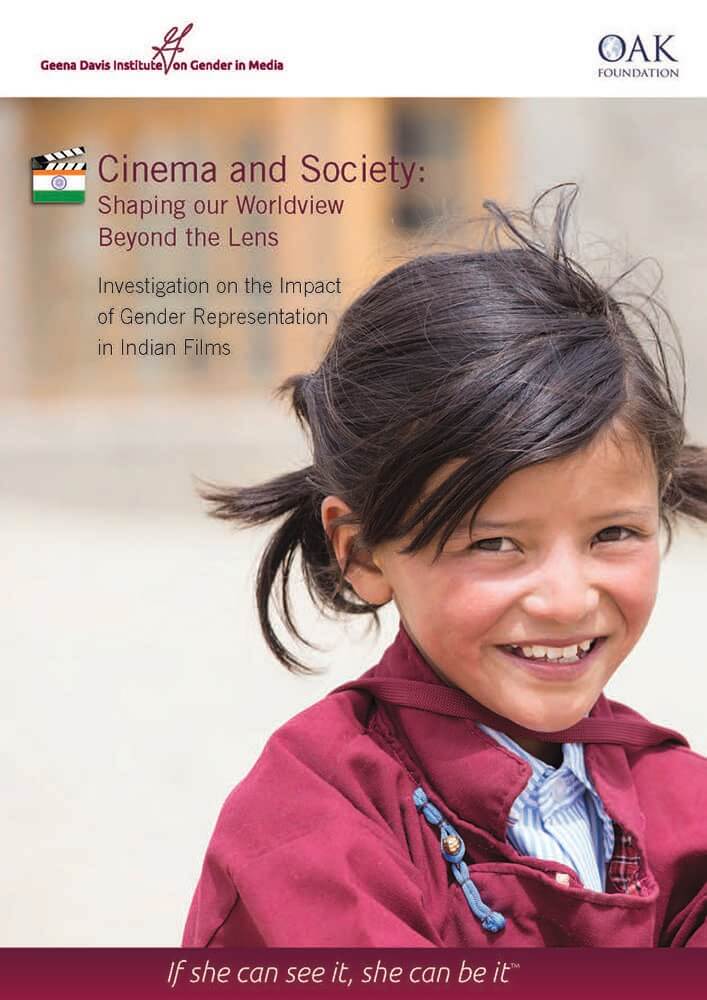In our compelling study, “Cinema and Society: The Impact of Gender Representation in Indian Films,” we explore how the Indian cinema portrays gender and its profound influence on societal norms and personal identities. This research is vital in understanding the role of media in shaping cultural perceptions and advocating for gender equality.
This study employed focus groups to dive deep into the perceptions of various demographic groups across India regarding gender representation in films. The feedback highlights the significant influence of media on societal views and challenges the authenticity and diversity of these portrayals in shaping public opinion.
Key Findings
- Influence of Media: Participants consistently noted that films and television powerfully shape societal behaviors and gender roles, particularly affecting the youth by setting behavioral templates that are emulated.
- Women’s Portrayal: Despite recent successes in female-led films, women remain vastly underrepresented and stereotypically portrayed in Indian cinema, often in traditional roles and seldom in empowered positions.
- Impact on Social Issues: Media has played a role in shifting perceptions towards gender roles, with more progressive attitudes noted particularly among younger Indians. However, the hyper-sexualization of women and the prevalence of gender stereotypes persist.
Recommendations
- Various film organizations of producers, directors, writers, etc., and also individuals, should be engaged through workshops. Research should be shared and they should be encouraged to make films with more conscious thought.
- Brand ambassadors could be created in the film industry to encourage these objectives.
- Employment of more women in decision-making positions would automatically help in making both the industry and films more women friendly.
- Skill training programs and institutes should be created for women in various jobs in the film industries to facilitate larger employment.
- The government could encourage institutions such as the National Film Development Corporation of India to finance more women centric films, or set up new institutions.
- Companies could be encouraged to use their Corporate Social Responsibility budgets to finance films that promote gender empowerment.
- This engagement should not only be with the Hindi film industry, but also regional industries.
- FLO Film Festival could organize similar workshops across the country to sensitize the local film industry about gender issues.
- Award should be instituted for contribution to gender perception

